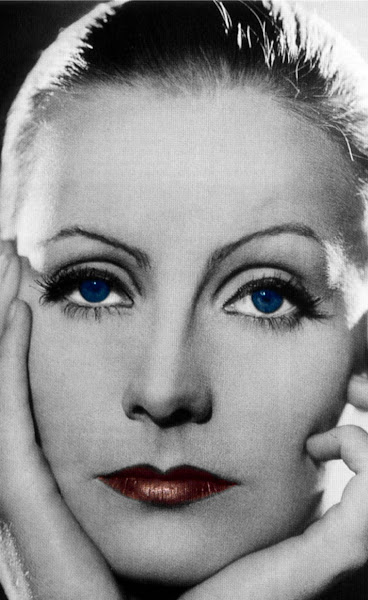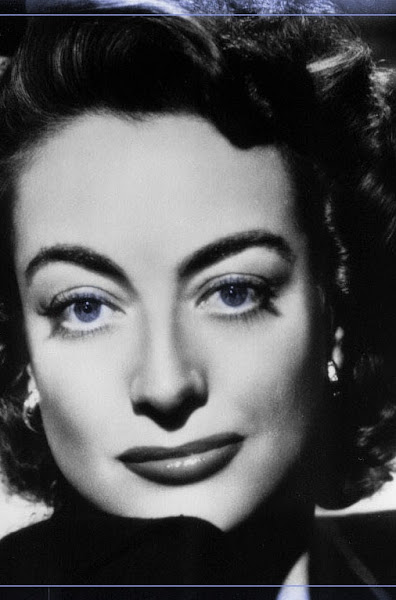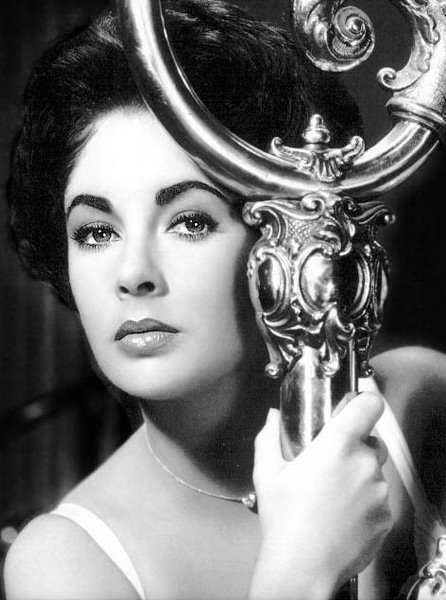 ** ½ out of ****
** ½ out of ****
Since the release of “Harry Potter and the Philosopher’s Stone” in Britain in 1997, the beloved J.K. Rowling-penned series has always left its readers with a favorite and a least favorite book. I think the same can be said of the film series, which began with “Harry Potter and the Sorcerer’s Stone” in 2001, so I believe that can permit me to humbly opine that this summer’s release of “Harry Potter and the Half-Blood Prince” is, thus far, the most disappointing offering. The good thing about the series so far is that no film has suffered the inevitable “Pirates of the Caribbean: Dead Man’s Chest” syndrome, in that a film has existed for the sole purpose of being a means to an end or a segue to something bigger to come. Unfortunately, I can no longer say that. Although this “Harry Potter” maintains the increasingly darker atmosphere that has developed through the series, it fails at retaining some of the aspects that have made the films so enjoyable.
There seems to be a formula for each “Harry Potter” story: Harry begins his summer among the “Muggles” (that is, non-magical folk), he returns to school to face a new adventure, a series of dark events occur, Harry battles Lord Voldemort or the Death Eaters and saves the day (at least temporarily), and he leaves Hogwarts for the summer. For the newest offering, the formula is almost the same, except Harry does not save the day, and many side stories have changed or been infinitesimally limited. For example, the second half of the film’s title, “The Half-Blood Prince,” which usually indicates its significance as the driving motivation for the story, becomes quickly abandoned in this film in favor of foregrounding the main character’s “J-14”-esque boy/girl attractions and the hunt for the secret Professor Slughorn (Jim Broadbent) hides about his former pupil, Tom Riddle (a.k.a. Lord Voldemort, for those of you who dare to speak his name). What is most baffling is how the “Half-Blood Prince” becomes casually revealed at the end of the film, with almost next-to-no typical, adventurous search from Potter. Even more perturbing is how there is no great battle between good and evil at the end of the film.
Although I generally hate redundant formulas for sequels’ stories, I do not think I would mind something as exciting as “Harry Potter and the Order of the Phoenix” again. In terms of the story, character development, and overall thrills, that film falls together so perfectly that it might well be the masterpiece of the series, thus far. Unfortunately, “Harry Potter and the Half-Blood Prince” feels less cohesive than that offering, even if it still does not bore, in the least.
Perhaps the more mature performances help. The three leading actors are definitely not 12-year-olds anymore, and maybe growing older with their respective character has helped them grow into their character’s skin more (or maybe famously performing naked onstage in “Equus” helps). Anyway, “Harry Potter and the Half-Blood Prince” has a lot of other fine acting talents to go around: Michael Gambon’s beloved Professor Dumbledore has more screentime than usual, and I think he will finally deservedly attain as much adoration as the elderly wizard as his predecessor, the late Richard Harris, whose gentle Dumbledore has been long preferred; Jim Broadbent, with his tender, sheepish demeanor and big, blue eyes, is perfectly cast as Professor Slughorn, even if his performance feels strongly repetitive of his Oscar-winning role in 2001’s “Iris”; Helena Bonham-Carter steals every scene in which she appears as creepy, frolicking Bellatrix Lestrange; and, most surprising of all, Tom Felton is stunning as Harry’s arch-nemesis Draco Malfoy, whose earlier performances have been youthfully cocky but are now hauntingly complex and painfully troubled.
These performances provide a strong root for the film, which is enjoyable enough that its 153-minute runtime comes and goes without five seconds of boredom. “Harry Potter and the Half-Blood Prince,” even if it does not quite stand up to its predecessors, does, at least, seem like a portent for good things to come with the release of the two-part “Harry Potter and the Deathly Hallows” (2010 and 2011).
July 16, 2009
Harry Potter and the Half-Blood Prince
July 1, 2009
In the News: Karl Malden

Today, we have lost one of the greats of classic Hollywood: actor Karl Malden, who won Best Supporting Actor for his role as Mitch in Elia Kazan's 1951 film, "A Streetcar Named Desire." 97-year-old Malden died in his sleep at about 2:30 a.m. on Wednesday, his manager announced. Malden was born Mladen George Sekulovich and raised in Gary, Indiana. (How sad it must be for the city to lose two of its natives within a week of each other.) The actor, known for his famously "bulbous nose," made his New York stage debut in 1938 and made his Hollywood debut in 1940 with "They Knew What They Wanted." After serving in the Army Air Corps in World War II, he finally found real success as an actor in the New York production of "A Streetcar Named Desire." Malden is probably best-known for his fruitful teamings with director Elia Kazan, including the film adaptation of "Streetcar," "On the Waterfront," where he played upright Father Barry (and was nominated for a second Oscar), and "Baby Doll." In 1970, Malden played General Omar Bradley alongside Oscar-winner George C. Scott in that year's Best Picture, "Patton," and later that decade, he starred, with Michael Douglas, in TV's "The Streets of San Francisco." From 1989 to 1992, Malden was the president of the Academy of Motion Picture Arts and Sciences. In 2004, he received the Screen Actors' Guild Life Achievement Award.
For more information on Karl Malden's passing, click here (CNN.com's obituary). Goodbye, Karl Malden. May you rest in peace.
*No need to press "Read More." Thank you.*
Far from Heaven
 *** ½ out of ****
*** ½ out of ****
I love retro styles in modern film, and Todd Haynes’ artistically sumptuous “Far from Heaven” (2002) is a good representative. The film, whose name comes, in part, from Douglas Sirk’s 1955 “All That Heaven Allows,” is both a carefully calculated, Sirkian homage to the decade and a fascinating criticism of its conventions. The lush cinematography, saturated colors, and lavish setting, costuming, and lighting that characterize German-born director Sirk’s Hollywood work are intended to represent artificiality, and Haynes uses it to his advantage in his story of the perfect nuclear family, Frank and Cathy Whitaker (Dennis Quaid and Julianne Moore), whose fairy tale life comes crashing down around them. Even though Todd Haynes, a notable director of New Queer Cinema, uses homosexuality again in this film as a plot twist, his film actually goes beyond that and really thinks outside the box. Also encompassing racial and female oppression and repression, “Far from Heaven” is actually a criticism of society’s homogeneity and demonstrates what it means to be different.
“Far from Heaven” is full of outstanding performances, the finest being that of Julianne Moore as Cathy Whitaker. Moore makes robotic and conservative Cathy into the pristine, uber-nuclear mom at the beginning of the film. However, when she grows out of convention and inadvertently becomes a supporter of racial integration in her town, Moore emerges as a touching, emotional, and sympathetic woman unable to exact her deepest feelings for her gardener, Raymond Deagan, simply because he is black. The binary anguish and emptiness that crosses her sensitive face are often truly heartbreaking. In addition, the two sources of her anguish, Dennis Haysbert as Deagan and Dennis Quaid as Frank Whitaker, both turn in great performances in their own right. Haysbert’s Deagan is a warm, tender soul and a performance not too unlike that of Morgan Freeman’s Hoke from 1989’s “Driving Miss Daisy.”Quaid’s miserable, homosexually repressed Frank strongly recalls the wounded masculinity of drunken Robert Stack in Sirk’s “Written on the Wind.”
It is this abundance of repression that drives the comment Haynes’ film is making as it daringly tears down the notion of the ‘50s as G-rated bliss. All of the main characters are fighting their natural desires in order to meet societal conventions, and this practice disgusts Haynes. Under the surface, Haynes’ film calls for a new humanism, one for accepting difference. We are all people, Haynes’ film says: black, white, man, woman, heterosexual, or homosexual.
*As seen in the July 2009 issue of "Out & About" newspaper. To access it, click here.*

.jpg)

.jpg)
.jpg)
